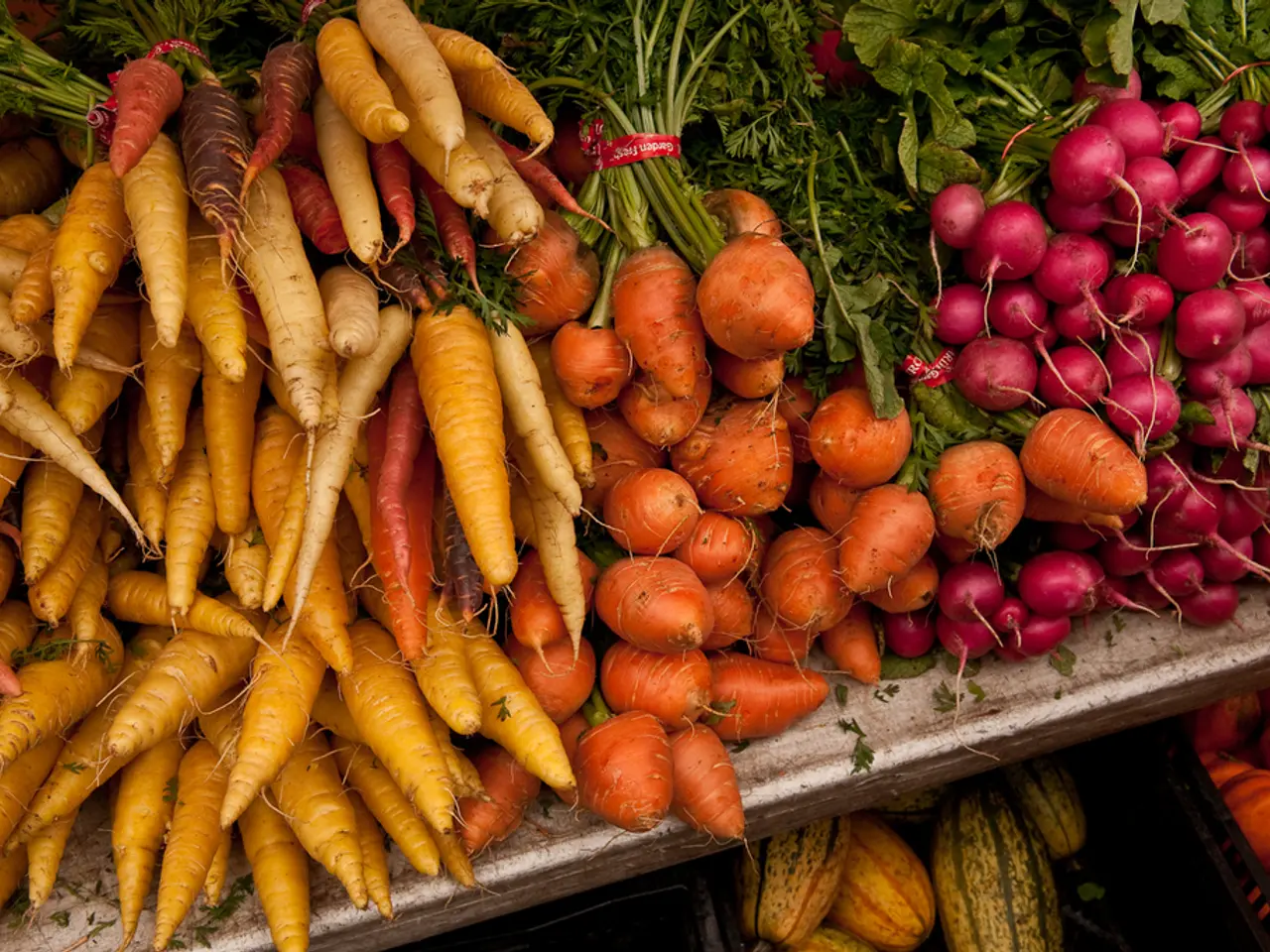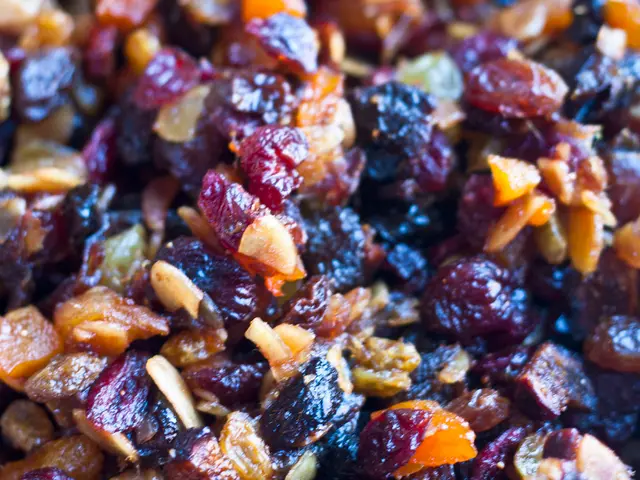Time Arrives for Sowing Autumn Vegetables According to Agricultural Guide
Preparing Your Garden for Cool-Weather Vegetables: A Practical Guide from Clovis Resident Jonathan Halverstadt
As autumn approaches, Clovis resident Jonathan Halverstadt is gearing up for the next growing season in his backyard garden. Halverstadt, a passionate gardener, is focusing on cooler weather vegetables, such as broccoli, lettuce, and carrots. Here's a practical guide on how you can prepare your garden for cool-season vegetables, using an affordable and accessible method inspired by Halverstadt's gardening approach.
Creating Drainage
To start, repurpose plastic cups by cutting off the bottom to create drainage holes. This simple modification allows excess water to drain, preventing root rot and promoting healthy plant growth.
Soil Mix
Combine about 60% native garden soil (or clean dirt) with 40% compost to enrich nutrients and improve soil texture. This affordable soil-compost mixture supports healthy root growth and provides essential nutrients for cool-season vegetables.
Seed Starting
Fill the cups with this mix and plant seeds intended for cool-weather growing. Halverstadt suggests seeds for broccoli, lettuce, carrots, and radishes.
Location and Sunlight
Choose a garden spot that receives 6 to 8 hours of full sunlight daily for transplanting seedlings. Cool-season vegetables need ample sun even in cooler temperatures.
Soil Preparation
Before transplantation, test your garden soil for pH and nutrient needs using inexpensive soil testing services. Amend with lime or fertiliser accordingly to optimise soil conditions for fall crops.
Moisture Management
Keep soil evenly moist at the base when watering cool-season plants to avoid stress.
Growing Garlic
Halverstadt's gardening method is also suitable for growing garlic during the cooler months. To grow garlic, take the biggest cloves, shove them in the ground, and they will grow.
Starting Broccoli Seeds
Halverstadt suggests starting broccoli seeds on a sunny windowsill. He adds water to the bottom of the cup to keep the seeds moist enough to germinate. Once the broccoli plant is about a certain size, it should be planted in the garden by the first or middle of September.
Growing your own produce, even in cooler months, is an affordable option as planting seeds is much cheaper than buying several six-packs of vegetable plants. Halverstadt encourages not to overwater or underwater the plants.
By following these simple steps, you can prepare your garden for a bountiful fall harvest. Happy gardening!
Enhance your home-and-garden project with a focus on cool-weather vegetables, such as broccoli, lettuce, and carrots, by adopting Halverstadt's practical lifestyle. In addition to growing garlic, consider starting your broccoli seeds on a sunny windowsill for a successful harvest this season.




